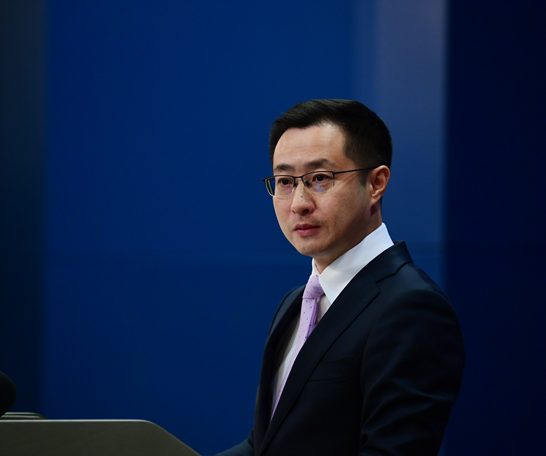The Los Angeles Chargers today elevated tackle Foster Sarell and safety Marcus Williams from the practice squad for Saturday’s game. In addition, the Chargers signed tight end Tanner McLachlan to the practice squad.
Sarell has made…

The Los Angeles Chargers today elevated tackle Foster Sarell and safety Marcus Williams from the practice squad for Saturday’s game. In addition, the Chargers signed tight end Tanner McLachlan to the practice squad.
Sarell has made…
![Google Phone adding ‘Keep portrait mode’ setting [U: Rolled back]](https://afnnews.qaasid.com/wp-content/uploads/2025/12/1766885152_google-phone-logo-circle-3.jpg)
To address how Phone by Google recently gained a landscape calling screen, the dialer app is now offering a setting to “Keep portrait mode on calls.”
Update 12/26: As of this week, this new setting was rolled back for…

China and Pakistan have expressed their readiness to strengthen media and overall cooperation, emphasizing the promotion of accurate public understanding and positive narratives. Chinese Foreign Ministry spokesperson Lin Jian made the remarks…

Google has finally answered users’ cries, allowing Gmail users to swap out embarrassing teenage email addresses.
Gmail account holders can now change their existing @gmail.com address while retaining their data and services.
Once changed, old…

 Getty Images
Getty ImagesThe Cure guitarist and keyboard player Perry Bamonte has died aged 65, the band has said.
In a statement on The…
Keshri, S. & Biswas, S. Synthesis, physical properties, and biomedical applications of magnetic nanoparticles: a review. Prog Biomater. 11, 347–372 (2022).
Li, Z., Zhang, J., Li, X., Guo, X….

He went on to play guitar, keyboard and bass on five studio albums, featuring on tracks including Friday I’m In Love, High and A Letter To Elise.
Bamonte also appeared on The Cure’s live albums Paris and Show, both released in 1993, and performed…

The US’s Christmas Day strikes against Islamic State targets in Nigeria have been met with praise by Donald Trump supporters who for months had been agitating for the president to respond forcefully to the killings of Christians in the country.

Head Coach Filo Tiatia admitted it had been a game of two halves at Cardiff Arms Park as Dragons were dramatically edged out 22-19 by Cardiff Rugby in the BKT United Rugby Championship.
A first half brace from in-form scrum half Che Hope…